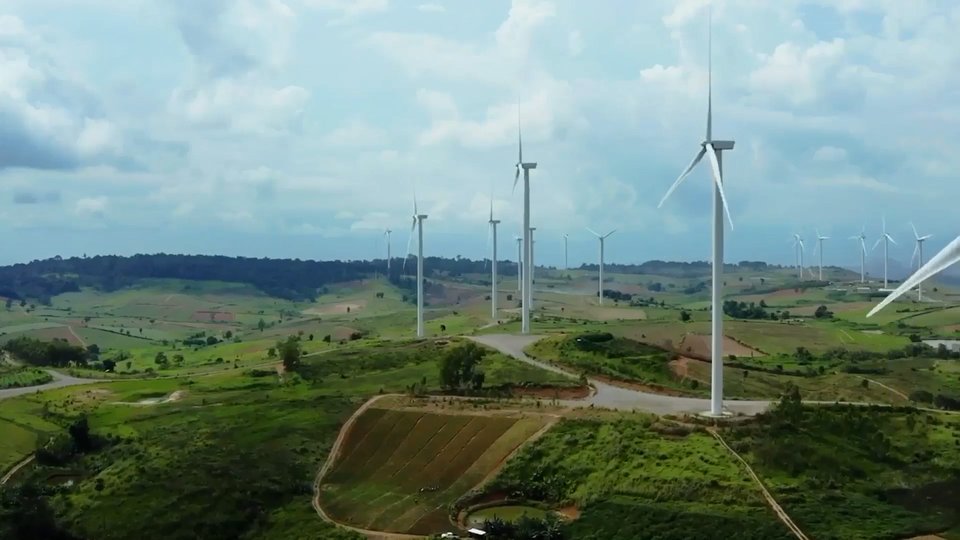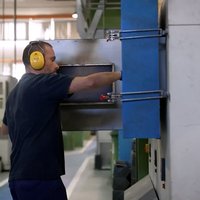Mir Station
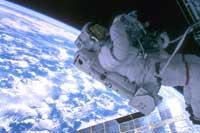
John F. When Kennedy challenged Americans in the 1960s to get to the Moon, he wanted to cover one of America's wounds. The Soviet Union was ahead in the space race: Sputnik and Juri Gagarin were too many for American pride. After heating the engines by NASA, on July 20, 1969 Buzz Aldrin and Neil Armstrong stepped on the Moon. In the Cold War the space race was very hot.
Although the Cold War of the 1980s began to cool down, the orbit of the MIR station meant a considerable blow to NASA, and therefore to the United States. The first module of the MIR station, Gune module, was launched into space by the Soviet Union on February 20, 1986. A month earlier -28 January- the American ferry Challenger exploded a few seconds after leaving Cape Kennedy. Defeat at NASA and success at the Space Agency of the Soviet Union.
The Gune module has been the heart of the MIR station. From 13 March 1986, for 73 days, cosmonauts Leonid Kizim and Vladimir Soloviov remained there. The Soviet Union made them heroes and, like them, others who have been at MIR station. Due to the length of stay in orbit, perhaps the most prominent name is Valery Poliakov. He spent 439 days entering MIR station.
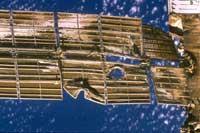
Over time they built the first city of space piece by piece. The last module of the station, the Spektr module, was launched in 1995. This is curious because theoretically the MIR station had to disappear in 1991. The truth is that by then there was no longer the Soviet Union, so Russia opted to leave the station in space. However, the last few days have come to MIR. Why? On the one hand the technical problems, on the other the economic ones and finally the International Space Station. A people being built in space, like four football fields, cannot be built without the experience, technology and collaboration of the Russians. The Russians have everything but money to put both projects into orbit. Therefore, the old and the new to the air.
These are questions of the future, but the MIR station has already passed. We have explained more or less how it has been, but not how it has been day by day. Over thirteen years of history, this space city has had more than 130 people. Inside, the temperature ranges from 18 to 28 degrees Celsius and the air humidity ranges from 30 to 70%. At the same time, 5 or 6 people who can be there live in a space house of everything. To maintain their shape they can circulate on the roller, bicycle or run. If gravity causes the body to harden, cosmonauts have special suits to accelerate blood circulation. And if they miss something important, they will ask Earth and the Progress messengers will take him to the station. To avoid losses inside, the interior of the MIR is painted in different colors, the floor is not equal to the walls and the walls are not equal to the ceiling. Therefore, living conditions do not seem very bad.
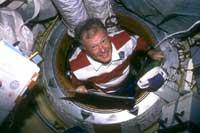
All elements of the module in which the station is controlled are connected to the ground: control panels and control of the station systems, optical viewfinders, motion tools, radios and televisions, electrical systems, etc. To move around, the MIR station uses two engines that are at the rear and run on compressed gas. However, to meet the daily energy demand, the MIR station uses solar panels. The space station has two solar panels of 38 meters in length each. In 1997 an accident occurred in one of them, one of the damaged solar panels and the life of the three cosmonauts present at the station was in danger. In fact, the electricity resulting from these installations depends on all the systems that make possible the presence in MIR orbit.
As already indicated, the old MIR station will enter the atmosphere towards spring. According to experts, when entering the atmosphere the exterior elements of the station will be burned, but part of the structure will be able to withstand high temperatures and fall to the Pacific. All this is theory, as not all parts of satellites have fallen into the sea.
MIR in parts
- Priroda, Earth research laboratory from space.
- Spektr, geophysical science laboratory.
- Mir core, basic station controls.
- Progress, material transport.
- Kvant 1, astronomical observation controls and some basic station controls. Parking area of soyuz.
- Kvant 2, remote control and pressurization cabin with space exit.
- Soiuz-TM, maximum cosmonaut transport 3 people.
- Kristall, material production. Photo caption: The MIR has made more than 70,000 tours to Earth.
Published in 7
Buletina
Bidali zure helbide elektronikoa eta jaso asteroko buletina zure sarrera-ontzian



